Dr Maria Artamonova
Introduction
In the eleventh century, England was conquered not once but twice: first, by Cnut in 1016 and again, more famously, by William the Conqueror in 1066. Ireland, Scotland and Wales, however, remained independent at this stage. Yet by 1300 the inhabitants of England – a mixture of English, Danes and Normans who by now referred to themselves as the English – had conquered Wales, established a strong political and institutional base in Ireland, and inflicted a heavy defeat on the Scots at the Battle of Dunbar in 1296.
In this course, we will study key documents — from Domesday Book to Magna Carta and beyond – to explore the similarities and differences between the four regions of the British Isles – England, Ireland, Scotland and Wales – and the ways in which they grew together, and grew apart across three centuries.
Topics
Week 1: Conquest and colonisation
This period saw a series of dramatic conquests: those of Cnut in 1016, Duke William in 1066, and Edward I’s campaigns in Scotland and Wales in the late thirteenth century. England’s connection to a wider world also changed– from the 1150s, it was part of the enormous Angevin Empire, which stretched from the Scottish borders to the south of France– but the loss of Normandy in 1204 had a dramatic impact on the scope of English activities. These political changes wrought important shifts in identity for both the conquered peoples and their conquerors. The Danish Cnut encouraged the development of a new Anglo-Scandinavian class, and the Norman Conquest ushered in a new Anglo-Norman elite who spoke French rather than English, and held lands on both sides of the English Channel. By 1300, English people and institutions had spread into most parts of the British Isles, with important implications for development of identities in these areas.
Week 2: Economy and society
The political changes in week one brought with them important changes in the society and economy of the British Isles. The needs of regular warfare created a system of land tenure based on providing fighters for the king and his men, and contributed to the emergence of a distinct class of knights. But this wasn’t a one-way process. Kings needed money to maintain themselves and their followers, and their scope for action was shaped by what they could manage to raise from the country. The means by which money and resources were acquired, and the records which this left give a valuable insight into the economic conditions and administrative structure. We know less about the ways in which Irish, Welsh and Scottish society and economics functioned at the beginning of this period, but we do have some insights. The patterns visible by the end of our period show some broad similarities with England (which were themselves part of broader European trends), but which also developed distinctive patterns of their own.
Week 3: Law and institutions
During this period there were important changes in the relationship between kings and the law, particularly in the ability to hold kings to account. The steady development of this power reached a crescendo at Magna Carta, but continued to be an explosive issue into the later thirteenth century and beyond. In particular, the role of the barons in pushing forward these changes will be explored. We will also examine another key development in this period, namely the introduction of English institutions and laws into Ireland and Wales, and the contemporary processes at work in Scotland.
Week 4: Religion and the church
Religion had its own role to play in a conquered or conquering society. The position of English churches and monasteries after the Norman Conquest is a useful case study for how complex this role could be. Religion could have political and military parallels, as can be seen in the extension of English control into Wales under the auspices of the archbishop of Canterbury, and attempts by the archbishop of York to extend his rights and claims over the dioceses of Scotland. Changes in religion across the regions came about from other forces, however. The reform movements in Ireland were driven by continental, not Anglo-Norman trends. Lay involvement in religion helped to drive an enormous expansion in monastic life, and the popularisation of new orders. Religious practices also developed, increasingly focused on the parish church, as devotional texts and images were created to meet the needs of the laity.
Week 5: Language and literature
In this final week we will focus on texts, both Latin and vernacular, to explore what they tell us about language and identity in an age of conquest and colonisation. The language, or often, languages which a person spoke was an important component of the culture with which they identified. At the start of our period, Old English enjoyed a high status in England as an official administrative language alongside Latin. After the Norman Conquest, this was replaced quickly by Latin alone, with French as the language of the elite. English survived as a language of lesser status, before reviving from the thirteenth century. Outside England, Latin replaced Old Irish as the language of administration in Irish areas brought under Anglo-Norman control. Other vernaculars– Welsh, Scots, Gaelic and Norse are more difficult to track, but can shed important light on their societies.
Preliminary Reading
Bartlett, Robert, England under the Norman and Angevin Kings 1075-1225 (Oxford, 2000)
Frame, Robin, The Political Development of the British Isles 1100-1400 (Oxford, 1990)
© Dr Ken Addison, Oxford Academic Summer School Tours Ltd: for 2024
St Peter’s College Summer School at Magdalen College, University of Oxford

